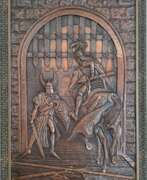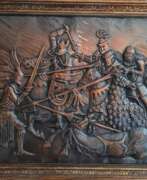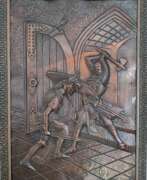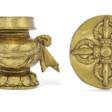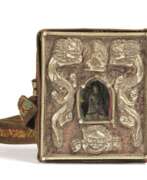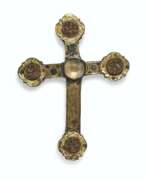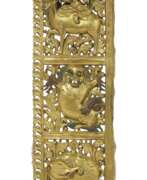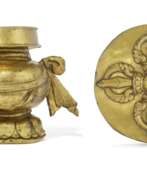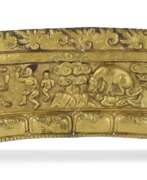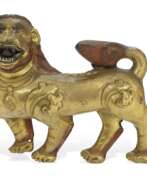Repoussé

Repoussé
Repoussé is an ancient metalworking technique that transforms sheets of malleable metal into exquisite three-dimensional decorative pieces by hammering and shaping from the reverse side. This technique, whose name is derived from the French term 'to push forward', is deeply rooted in various cultures and has been practiced since as early as 3000 B.C. The method has been employed to create objects ranging from jewelry to large sculptures, including notable works like the Statue of Liberty.
The process of repoussé involves several steps, starting with the annealing of the metal to increase its malleability, followed by hammering the design from the back while the metal is supported by a pitch backing. Details are then refined from the front through chasing, further defining the raised areas to bring out the design's intricacies.
Artists and artisans have used repoussé to create intricate water vessels in India, ornamental pieces in Pre-Columbian America, and significant cultural artifacts across history. The technique is also closely associated with the Arts and Crafts movement, with pieces like the repoussé shield made by Keswick School of Industrial Art in the UK, illustrating its enduring appeal.
For collectors, auctioneers, and art and antiques experts, repoussé works are treasured for their historical significance and the skill evident in their creation. If you are interested in the art of repoussé, whether historical pieces or contemporary works, I encourage you to sign up for updates to stay informed about new discoveries, sales, and events featuring this remarkable craft. By subscribing, you will receive notifications that could enrich your collection and deepen your appreciation of this timeless art form.


